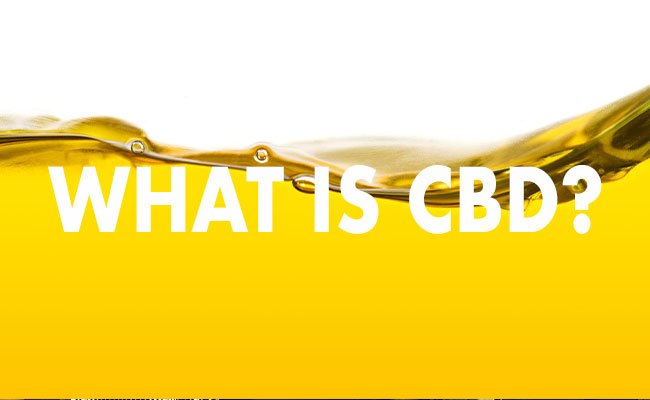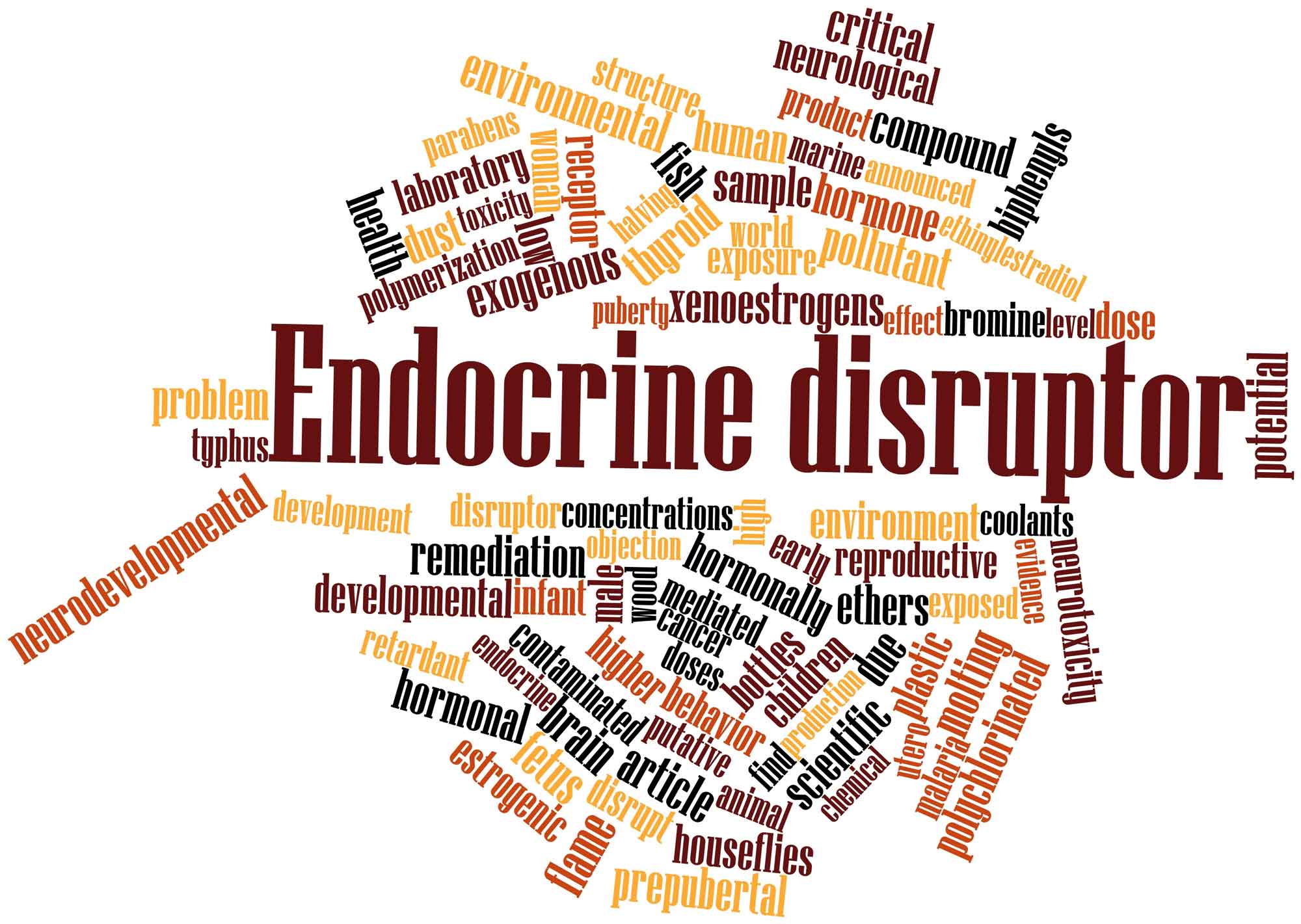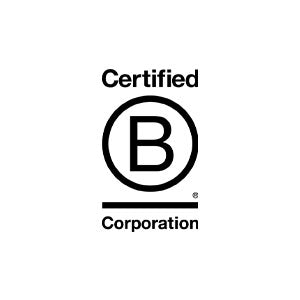
What's the Difference? | Prebiotics, Probiotics, & Postbiotics
WRITTEN BY MADISON SCHMIDT AND DR. SWATHI
Like most body systems, the gut is complex. Arguably, more complex than other body systems, as it has its own community of living organisms. Each day when the body is fueled with food, there is an array of gut bacteria helping to optimize our health. Their role is to help us break down undigested food, expel bad bacteria, produce additional nutrients and regulate our immune system. These bacteria are numerous and diverse consisting of one hundred trillion bacteria made of nearly 1000 different species (1). Prebiotics and probiotics are supplements that can assist our gut bacteria to keep us healthy.
What are probiotics?
As you can guess from their names, probiotics and prebiotics have similar actions and work synergistically. The prefix “pro-” means for and “biotic” refers to life. This is telling of the action of probiotics which is to support our gut microbiome, or in other words, probiotics are “for” the “life” in our gut. More specifically, probiotics are living strains of bacteria that can be consumed to add to the colony of healthy bacteria that already resides in the gut.
What are some examples of probiotics?
Foods rich in probiotics contain living organisms including:
- Yogurt that contains added bacterial strains like Lactobacillus and Bifidobacterium.
- Fermented foods such as kombucha (fermented tea), tempeh (fermented soybeans), and sauerkraut (fermented cabbage) (3).
What are prebiotics?
In order for these bacteria to flourish, they need food themselves, which is where prebiotics come in. The prefix “pre-” means before indicating that the action of prebiotics works before the action of probiotics. Prebiotics are specialized plant fibers used to support growth of good bacteria like those naturally found in our digestive system and those in probiotics. Unlike probiotics, prebiotics do not contain any live organisms, but, as mentioned, solely provide nutrients for the natural bacteria in our gut so they can continue to flourish and protect us (2).
What are some examples of prebiotics?
Prebiotics include foods that are resistant to our digestive systems so they can be made available for the bacteria to eat such as:
- Foods rich in fiber including whole grains, fruits, and vegetables. Especially green bananas and artichokes which tend to have an increased resistance to being degraded during digestion and therefore are more available to be food for healthy gut bacteria.
- Some starches like potatoes also are resistant from degradation by our digestive system and therefore provide nutrients to natural gut bacteria.
What are postbiotics?
After being fed with prebiotics, probiotics, or our natural gut bacteria, go through a process called fermentation. During this process, the bacteria break down the fiber and starch, or prebiotics, and turn them into additional nutrients for our body. Mainly, these products assist in regulating our immune system and metabolism (4,5).
What are some examples of postbiotics?
Since postbiotics are made during the fermentation process, they can be found in fermented foods that also contain probiotics like kombucha, tempeh, and sauerkraut (3).
Can I take probiotics while taking an antibiotic?
As it relates to probiotics, doctors often recommend patients take them while they are on an antibiotic. The reason for this is that antibiotics are used to rid us of infection by clearing bacteria that has become out of place. However, in doing so, antibiotics can also harm the good bacteria in our gut that is fighting for us to be healthy. This can lead to bowel disturbances such as diarrhea. It has been shown that supplementing with probiotics while taking antibiotics can decrease the risk of this reaction (6,7). Therefore, next time your doctor prescribes you an antibiotic, consider talking with your doctor about adding on prebiotics and/or probiotics to limit potential bowel disturbances.
Should I speak with my healthcare provider before starting probiotics, probiotics, or postbiotics?
Although probiotics have been shown to decrease antibiotic-associated diarrhea and can add an array of benefits for general supplementation, talk with your healthcare provider and/or pharmacist before using them. According to the Food and Drug Administration (FDA), prebiotics and probiotics are considered generally safe for healthy populations, but there are certain high risk conditions such as those with compromised immune systems that should take caution before supplementation (8).
Ultimately, if you would like to keep a healthy microbiome in your gut, consider adding more foods with prebiotics and probiotics to your diet or talk with your doctor about supplementing with over-the-counter products. After all, the gut is our second brain, so it needs just as much fuel to help us be our best selves.
References:
- Zhang YJ, Li S, Gan RY, Zhou T, Xu DP,Li HB. Impacts of gut bacteria on human health and diseases. International Journal of Molecular Sciences. 2015 Apr; 16(4): 7493–7519.
- Mayo Clinic Staff. Prebiotics, Probiotics, and your health. Mayo Clinic. 2021 Feb 27.
- Prebiotics vs. probiotics: what’s the difference. Cleveland Clinic. 2020 March 25.
- Z˙ółkiewicz J, Marzec A, Ruszczynski, Feleszko W. Postbiotics—A step beyond pre- and probiotics. Nutrients. 2020 July 23;12(8):2189
- Silva YP, Bernardi A, Frozza RL. The role of short-chain fatty acids from gut microbiota in gut-brain communication. Frontiers of Endocrinology. 2020 January 31- 11(25):1-14
- Goldenberg JZ, Yap C, Lytvyn L, Ka‐Fung Lo C, Beardsley J, Mertz D, Johnston BC. Probiotics for the prevention of Clostridium difficile‐associated diarrhea in adults and children. Cochrane Database Systematic Review. 2017 Dec; 2017(12): CD006095.
- Hempel S, Newberry SJ, Maher AR, Wang Z, Miles JNV, Shanman R, Johnsen B, Shekelle PG. Probiotics for the prevention and treatment of antibiotic-associated diarrhea: a systematic review and meta-analysis. JAMA. 2012 May 9;307(18):1959-69.
- Doron S, Snydman DR. Risk and safety of probiotics. Infectious Diseases Society of America. 2015;60(S2):S129–34.
--
This article was edited by Dr. Swathi and was written by Element Apothec Scientific Communications Intern, Madison Schmidt. She is a Doctor of Pharmacy (PharmD) student at Southern Illinois University Edwardsville School of Pharmacy in Edwardsville, Illinois.











